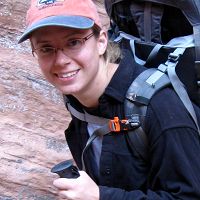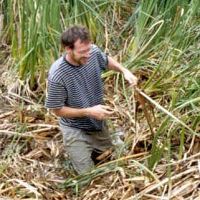Kelly & Goulden, 2011
Mechanisms to escape limitations of winter cold and summer drought on primary productivity in Sierra mixed conifer forest
Kelly, A.E., Goulden, M. L. (2011)
National CZO Program 2011 All Hands Meeting
-
Sierra, GRAD STUDENT
-
Sierra, INVESTIGATOR
Abstract
The forests of the Sierra Nevada are strikingly large. John Muir describes, "Here... are the grandest forest‐trees, the Sequoia, king of conifers, the noble Sugar and Yellow Pines, Douglas Spruce, Libocedrus, and the Silver Firs, each a giant of its kind, assembled together in one and the same forest, surpassing all other coniferous forests in the world, both in the number of its species and in the size and beauty of its trees." The climatology of these forests predicts a cold steppe or open woodland and not a dense forest of gigantic trees. The growing season is predicted to be only a few months, with drought limitation in summer and cold limitation in winter. The Miami model predicts an aboveground NPP of 3 tC ha‐1 yr‐1. Why are these forests so big?
There are three possible mechanisms for allowing such a large forest in a winter cold‐ and summer drought‐limited environment: 1) the forest growth rate is extraordinarily fast during a short growing season, 2) the forest growth rate is moderate during a short growing season, but large biomass has built up over many years, or 3) the forest growth rate is moderate and the growing season is not limited by winter cold or summer drought. The goal of this project is to understand how the large‐stature Sierra mixed conifer forest exists in a climate with cold winters and dry summers.
Citation
Kelly, A.E., Goulden, M. L. (2011): Mechanisms to escape limitations of winter cold and summer drought on primary productivity in Sierra mixed conifer forest. National CZO Program 2011 All Hands Meeting.
 This Paper/Book acknowledges NSF CZO grant support.
This Paper/Book acknowledges NSF CZO grant support.
Explore Further


